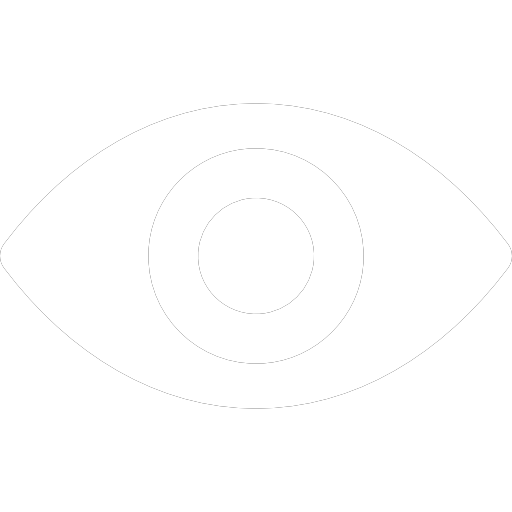Submission Requirements
The Editorial Board highly recommends to follow the rules given below when submitting/sending manuscripts. The Editorial Board reserves the right to reject manuscripts that do not meet the given requirements.
Submission Requirements
The length of an article including tables and illustrations should not exceed 10 pages, the volume of review papers should not exceed 20 pages, brief reports – no more 6 pages.
Maximum number of authors should be no more than 5.
All the materials must be submitted in electronic form (* .doc /*.docx and pdf files) at vestnik_bgsha@bgsha.ru.
For the main text, captions to figures should be typed in 1.5 spacing, Times New Roman font, with the size of 14. For a list of keywords, an abstract and tables use single line spacing, 12-point Times New Roman. Margins are of 20 mm on each sides, pages are to be numbered consecutively at the bottom centre.
General requirements of a manuscript: an UDC number; a title of an article in bold capital letters, author’s or authors’ full name(s), name and address (city and country) of an organization where authors/ an author study(ies) or work(s), an abstract, a list of keywords, text of an article and a reference list.
A title of an article, author’s or authors’ name(s) and their organizations’ titles and addresses, an abstract and a list of keywords are also given in English.
When formatting the front page of an article follow the GOST R 7.0.7.-2021 (Russian National Standard) Articles in journals and collections of articles. General requirements and publishing presentation (https://allgosts.ru/01/120/gost_r_7.0.7-2021)
An abstract should meet the requirements of the GOST (State Standard) 7.9-95 System of standards on information, librarianship and publishing. An abstract and an annotation. General requirements. The recommended abstract volume is 200-250 words without paragraphing. Try to avoid the strict repetition of the main text of an article except the purpose of a research. Structure of an abstract reflects the structure of an article – firstly the purpose of a research is pointed, then – objects, methods, results and conclusion.
The text of an article should include an introduction, terms and methods of a research, results of a research and their discussion, conclusions and recommendations.
Scientific terminology, notations, units of measurement, and symbols should strictly follow the requirements of the national standards.
Mathematical and chemical formulae as well as signs, symbols and notations should be typed in the equation editor.
In the formulae relative sizes and positions of symbols and indices should comply with their value and overall content of the formulae.
Tables, diagrams and pictures should be given after the paragraphs containing a reference to them.
The Reference list is arranged and numbered in the order of citation in the text regardless of the name and language of the source. The reference list should be complied according to the requirements of the GOST 7.0.5-2008 System of standards for information, librarianship and publishing. Bibliographic record. Bibliographic entry. General requirements and reference for lists formatting. A reference number in the text is given within square parentheses, e.g. [2]. In the Reference list all the sources are provided in the source languages and in English.
It is recommended to include scientific articles, monographs, collections of articles, collections of conferences proceedings, electronic resources with indication of accessed dates, patents in the list of references. The total number of sources should be at least 15. Presence of foreign sources in the reference list shows author’s or authors’ awareness on foreign colleagues researches. It is advisable to use sources published over the past 5-7 years. Concerning the self-citation percentage, it should be no more than 25% of the total number of sources. References list does not include inaccessible literature (reports, notes, protocols), textbooks and teaching aids, normative and legislative acts (regulations, laws, instructions, GOSTs, etc.), as well as low volume sources ( 0.5-1 pages). All such sources are provided with marginal notes, formatted accordingly.

 Сведения об образовательной организации
Сведения об образовательной организации 

